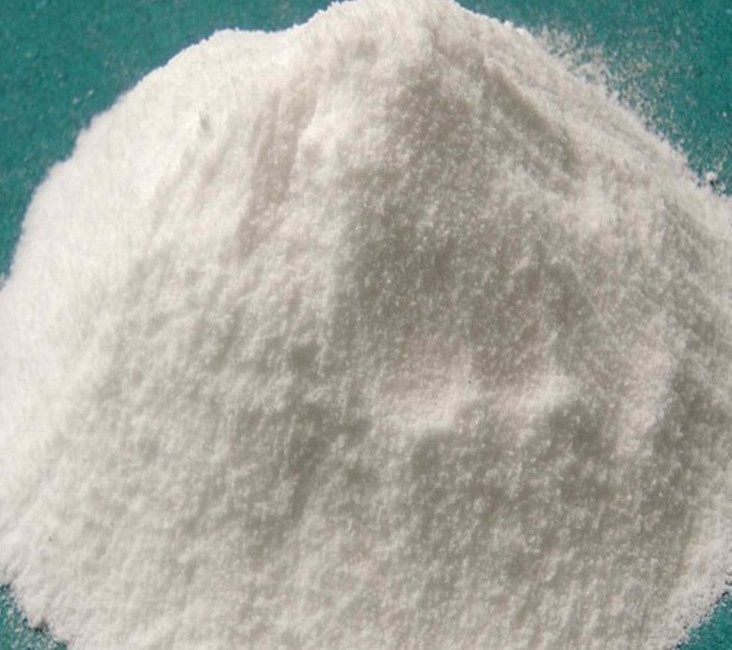| Purity: | 99% |
|---|---|
| Brand Name: | GESUKE |
| Grade Standard: | Cosmetic Grade,Medicine Grade |
| Type: | Vitamins, Amino Acids and Coenzymes |
| CAS No.: | 70-18-8 |
| Usage: | Animal Pharmaceuticals |
| Place of Origin: | China (Mainland) |
| EINECS No.: | 200-725-4 |
| MF: | C10H17N3O6S |
| Other Names: | Glutathione |
| color: | white |
| appearance: | powder |
Quick Details
Specifications
Introduction:
1. Glutathione (GSH) is a tripeptide that contains an unusual peptide linkage between the amine group of cysteine (which is attached by normal peptide linkage to a glycine) and the carboxyl group of the glutamate side-chain. It is an antioxidant, preventing damage to important cellular components caused by reactive oxygen species such as free radicals and peroxides.
2. Thiol groups are reducing agents, existing at a concentration of approximately 5 mM in animal cells. Glutathione reduces disulfide bondsformed within cytoplasmic proteins to cysteines by serving as an electron donor. In the process, glutathione is converted to its oxidized form glutathione disulfide (GSSG), also called L(-)-Glutathione.
3. Glutathione is found almost exclusively in its reduced form, since the enzyme that reverts it from its oxidized form, glutathione reductase, is constitutively active and inducible upon oxidative stress. In fact, the ratio of reduced glutathione to oxidized glutathione within cells is often used as a measure of cellular toxicity.
Function:
1.Glutathione Reduced is the major endogenous antioxidant produced by the cells, participating directly in the neutralization of free radicals and reactive oxygen compounds, as well as maintaining exogenous antioxidants such as vitamins C and E in their reduced (active) forms.
2.through direct conjugation, it detoxifies many xenobiotics (foreign compounds) and carcinogens, both organic and inorganic. this includes heavy metals such as mercury, lead, and arsenic.
3.Glutathione Reduced is essential for the immune system to exert its full potential,
E.g., (1) modulating antigen presentation to lymphocytes, thereby influencing cytokine production and type of response (cellular or humoral) that develops,
(2) enhancing proliferation of lymphocytes, thereby increasing magnitude of response,
(3) enhancing killing activity of cytotoxic T cells and NK cells,
(4) regulating apoptosis, thereby maintaining control of the immune response.
4.It plays a fundamental role in numerous metabolic and biochemical reactions such as DNA synthesis and repair, protein synthesis, prostaglandin synthesis, amino acid transport, and enzyme activation. Thus, every system in the body can be affected by the state of the glutathione system, especially the immune system, the nervous system, the gastrointestinal system and the lungs.

1. Glutathione (GSH) is a tripeptide that contains an unusual peptide linkage between the amine group of cysteine (which is attached by normal peptide linkage to a glycine) and the carboxyl group of the glutamate side-chain. It is an antioxidant, preventing damage to important cellular components caused by reactive oxygen species such as free radicals and peroxides.
2. Thiol groups are reducing agents, existing at a concentration of approximately 5 mM in animal cells. Glutathione reduces disulfide bondsformed within cytoplasmic proteins to cysteines by serving as an electron donor. In the process, glutathione is converted to its oxidized form glutathione disulfide (GSSG), also called L(-)-Glutathione.
3. Glutathione is found almost exclusively in its reduced form, since the enzyme that reverts it from its oxidized form, glutathione reductase, is constitutively active and inducible upon oxidative stress. In fact, the ratio of reduced glutathione to oxidized glutathione within cells is often used as a measure of cellular toxicity.
Function:
1.Glutathione Reduced is the major endogenous antioxidant produced by the cells, participating directly in the neutralization of free radicals and reactive oxygen compounds, as well as maintaining exogenous antioxidants such as vitamins C and E in their reduced (active) forms.
2.through direct conjugation, it detoxifies many xenobiotics (foreign compounds) and carcinogens, both organic and inorganic. this includes heavy metals such as mercury, lead, and arsenic.
3.Glutathione Reduced is essential for the immune system to exert its full potential,
E.g., (1) modulating antigen presentation to lymphocytes, thereby influencing cytokine production and type of response (cellular or humoral) that develops,
(2) enhancing proliferation of lymphocytes, thereby increasing magnitude of response,
(3) enhancing killing activity of cytotoxic T cells and NK cells,
(4) regulating apoptosis, thereby maintaining control of the immune response.
4.It plays a fundamental role in numerous metabolic and biochemical reactions such as DNA synthesis and repair, protein synthesis, prostaglandin synthesis, amino acid transport, and enzyme activation. Thus, every system in the body can be affected by the state of the glutathione system, especially the immune system, the nervous system, the gastrointestinal system and the lungs.



